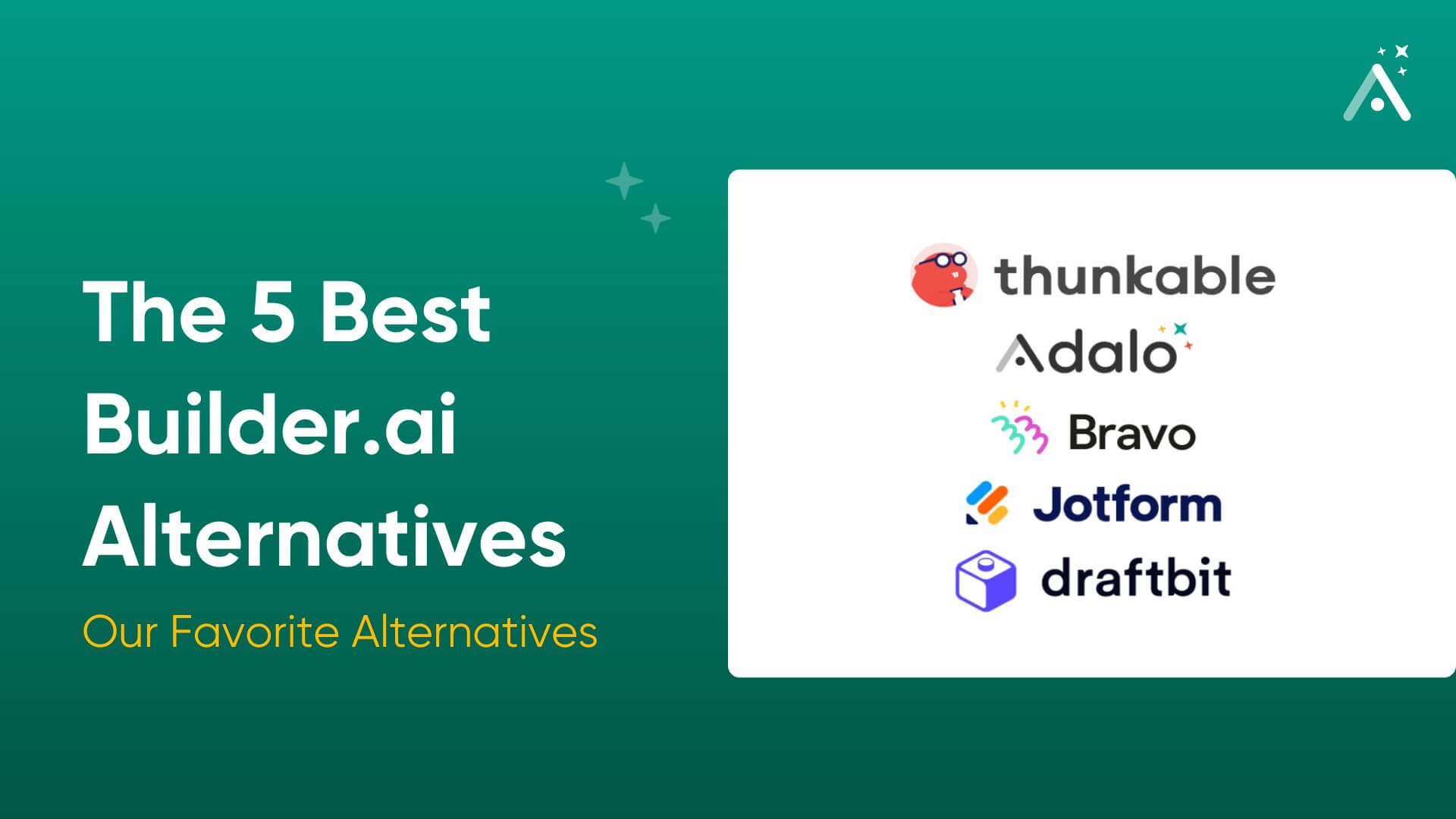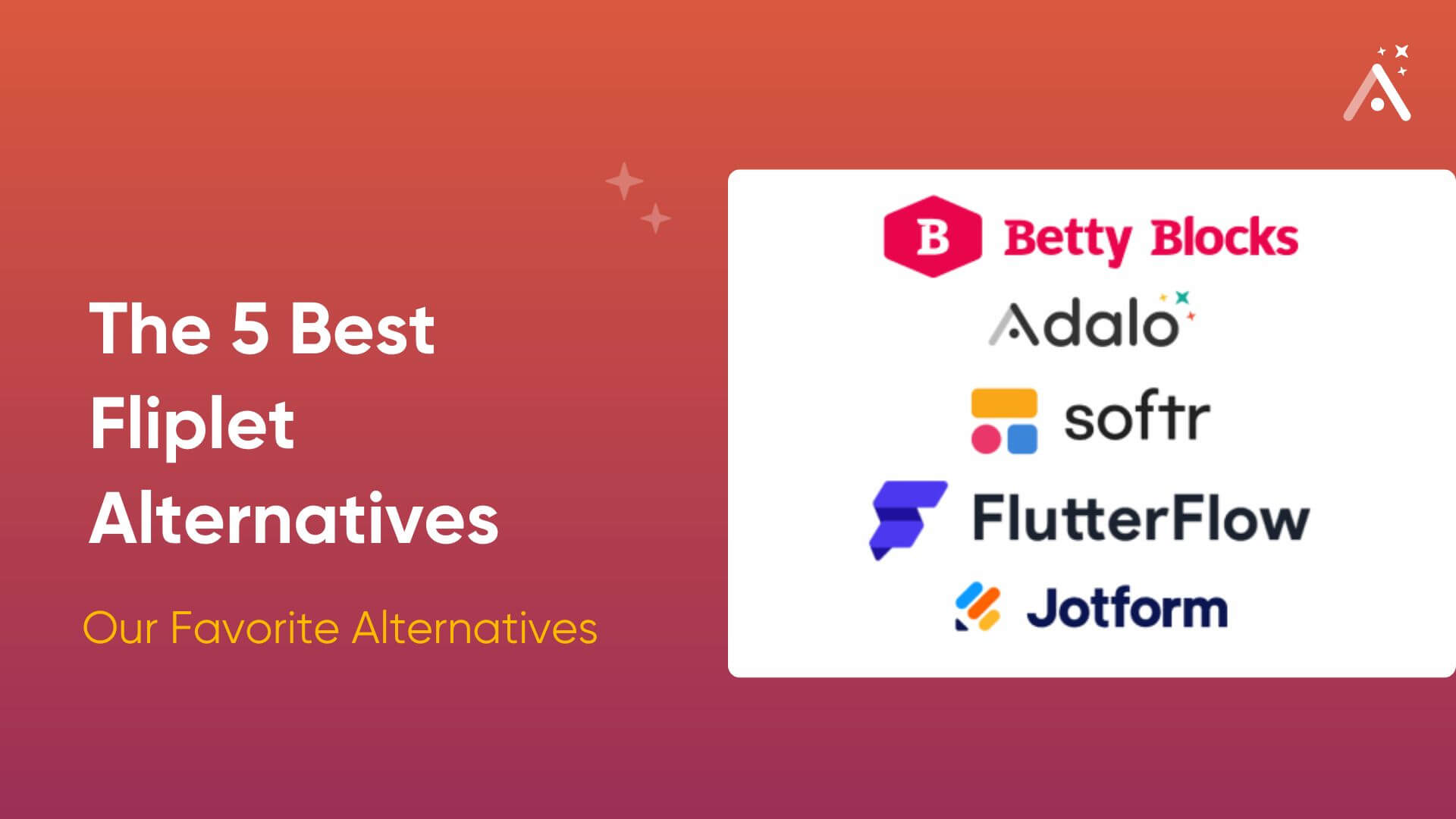You’ve spent years building up your electrician business through networking, referrals, and outworking the competition. While you’re happy with the way business is going, your business is missing something: a website.
We don’t blame you - what electrician wants to take time away from wiring the newest high-rise in town to build a website? But it’s 2024, and building a website is almost as easy as screwing in a lightbulb.
In this article, we’ll guide you through the stages to build an attention-grabbing, sleek website for your electrician business.

Stage 1: Check Out Other Electrician’s Sites
Think of your competitors or even electrician businesses outside of your area and Google them. Grab a pen and some paper, and write down what catches your eye about each website.
Does the homepage grab your attention? What specialties does each site feature, and do they use videos or pictures to illustrate their work? How easy is it to contact these companies?
Continue to write down what catches your attention and what you think can be improved upon. When you build your site, you’ll want to refer to this information to help you build a superior site. It’s important to have a site that intrigues visitors and keeps them interested whilst providing some answers to their questions. Doing this can transform website visitors into loyal clients.
Your main goal is to design a website that convinces visitors to call you and enlist your services.
Stage 2: Sketch Out Your Website’s Design Map
Now that you’ve got an idea of effective and non-effective website pages and other elements, start sketching out how you’ll want your site to appear. You don’t need an art major’s ability - simple sketches and shapes will do just fine.
Mark where you’d like to put pictures or graphics, write in ideas for color schemes, and make notes about where you’d like to insert certain links.
Sketching out your site will provide a helpful design blueprint that you can refer back to when you’re doing the building. Quickly referring to your design map will save you time, allowing you to publish your site quickly. Who doesn’t appreciate the benefits of saved time?
Stage 3: Decide What You’d Like to Showcase on Your Site’s Pages
With your website’s map and the pros and cons of your competitors in hand, it’s time to list out the features that your site will provide for visitors.
Because you have a map of how you want your site to look, you’ll be able to determine exactly where you want to put each feature.
Your site should highlight your electrician knowledge, past job experience, areas of specialty, and an easy way to contact you for your services. Think of it as an online resume. Here are some pages you’ll want to include on your site:
- A Beautiful Homepage Graphic: This will be the first page that visitors will see, so make sure it hooks their attention. Many sites provide a video or compelling photo on their homepage.
You’ll want to spotlight your team at work or an eye-catching photo of your brick-and-mortar location.
- A Complete List of Your Services: A major question most clients will have before visiting your site will be, “What kind of services does this electrician provide?”
Make your service capabilities well known by listing them on your homepage. When clients in need of a maintenance inspection see that you can provide one, they’ll contact you.
- Photo and Video Galleries of Your Work: Highlight your past jobs with a photo gallery. If you specialize in a niche area of electrical installations, advertise these services. You might be the only electrician in town who can do this, so making this known to customers can get you more business.
- A Monthly Blog Showcasing Your Electrical Expertise: One of the best ways to impress people with your knowledge is to periodically publish articles. Think about some common questions you get from customers, like “‘What is the difference between AC/DC?’, ‘How can I save money on my electricity bill?’, ‘How often do I need my circuit breakers checked?’,” to name a few.
Answer these questions in blogs. Doing this will demonstrate your areas of expertise, and customers will see you as a knowledgeable professional. When they view you as an expert, they might want your services.
- A Booking Feature: Use an app builder like Adalo to create a booking feature on your site. Site visitors will be able to see when you’re available for service by glimpsing at your booking feature’s calendar. With the simple click of a button, they’ll be able to schedule an appointment.
You’ll both love the convenience that this feature brings. No more playing phone or email tag means more time spent working for your clients and building relationships.
Stage 4: Start Building!
Now that you’ve got an idea of what your site will look like and the features to include, it's time for the fun stuff: building your site.
When evaluating the long list of website builders, we made sure each website builder included the following three features:
- No Code Builder: Don’t know how to program or write code? Good. The website builders we chose all leverage the power of no-code, drag-and-drop interfaces that allow you to build a professional-looking site with the click of a button.
- Free Trial: Paying hand over fist for a website builder you’ve never worked with might seem risky. We ensured that each website builder comes with a free trial so you can give it a test run before making any payments.
- Gorgeous Templates: The website builders we chose all provide aesthetically pleasing templates that will serve as a beautiful backdrop for your electrician website. We’re confident that each site builder on our list offers enough templates to match your tastes.
Here is our list and a brief breakdown of our favorite three site builders:
Adalo

With Adalo, you get a website builder and an app builder in one.
You’ll also get access to over 5,500 integrations like Google, Zapier, PayPal, and Quickbooks. Build out your booking system and include a messaging feature to chat directly with clients from your app using the Twilio integration.
When you finish building your app, you can publish it on the Apple App or Google Play Store.
Pricing: You can get Adalo for $36/month.
Squarespace

While Squarespace’s template library isn’t as expansive as other site builders’, the templates it offers are second to none when it comes to beauty. These templates will help your site stand out from average-looking electrician sites.
Squarespace also comes with an e-commerce integration so your clients can pay you directly from your site. Both you and your clients will love this convenience.
Pricing: Squarespace’s starter plan comes in at $16/month. If you want the e-commerce features, you’ll have to pay $27/month for the Business Plan.
Wix

Wix is one of the most popular website builders on the market. It comes packed with templates - in fact, Wix has more templates than the other two website builders on our list.
You’ll also get several features, like a powerful SEO tool that will help your blog get in front of more eyes. These will help you market your business.
Pricing: While Wix starts at $16/month, you’ll get all the amazing features, like the SEO tool, if you pay $23/month for the Core Plan.
Next Steps: Maintain Your Site
After you’ve built your site, you need to nurture it like you would a pet. Always keep up to date with your booking tool, and be sure to get back to customers immediately after they contact you. Quick responses and prompt communication are keys to success in every industry.
Don’t forget to publish monthly blogs and feature new video content. When visitors to your website learn something new, they’ll be more likely to book you for their next outdoor LED installation.
.png)

















